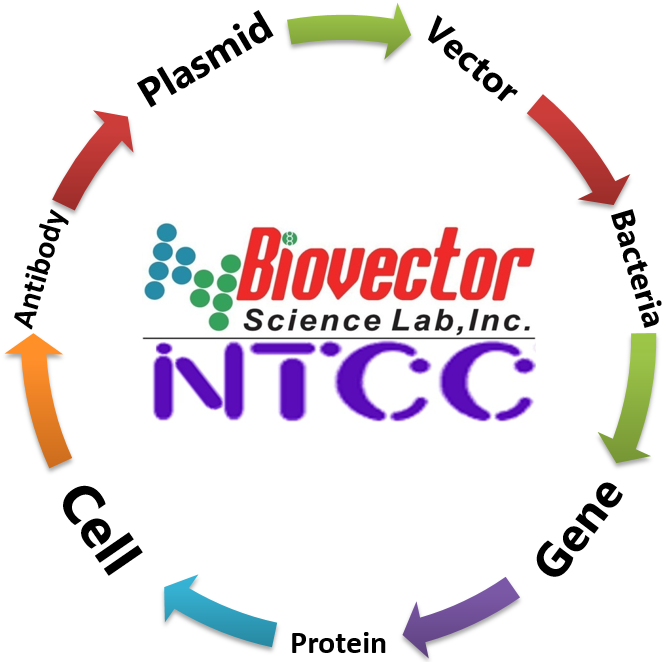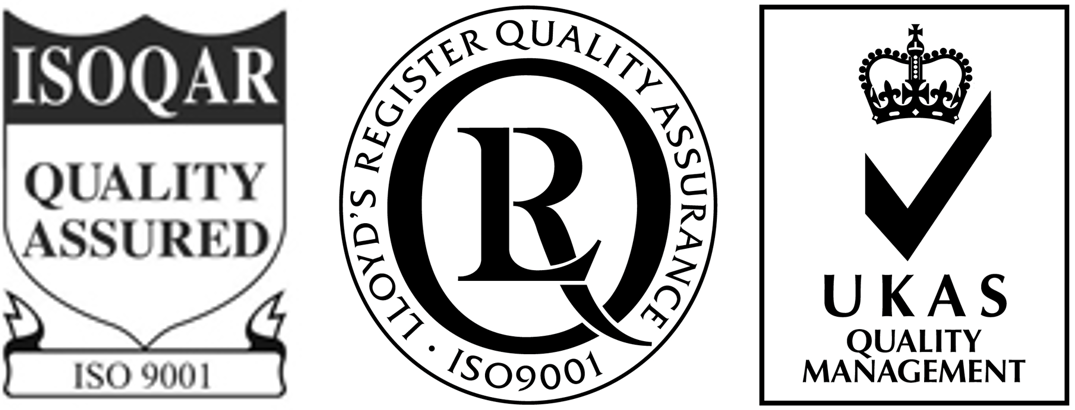Delftia acidovorans?bacteriophage Phi W-14噬菌體 BioVector NTCC質粒載體菌種細胞基因保藏中心
- 價 格:¥98965
- 貨 號:Delftia acidovorans?bacteriophage Phi W-14
- 產 地:北京
- BioVector NTCC典型培養物保藏中心
- 聯系人:Dr.Xu, Biovector NTCC Inc.
電話:400-800-2947 工作QQ:1843439339 (微信同號)
郵件:Biovector@163.com
手機:18901268599
地址:北京
- 已注冊
Delftia acidovorans bacteriophage Phi W-14噬菌體
Delftia acidovorans bacteriophage Phi W-14
Cat No.: BioVector-A9355B1
Delftia acidovorans bacteriophage that induces hydroxymethyldeoxyuridine triphosphate production in the host.
Product category
Viruses
Product type
Bacteriophage
Strain designation
Phi W-14
Type strain
No
Isolation source
Sewage
Product format
Freeze-dried
Storage conditions
2°C to 8°C
Specific applications
Induces hydroxymethyldeoxyuridine triphosphate production in host
Characterization
Characteristics
Comments
Contains 5-(4-aminobutylaminomethyl)uracil
Handling information
Host
Delftia acidovorans [AJ 2074, KS 0080, R.A.J. Warren 29] Cat# BioVector-A9355
Medium
BioVector's Medium 1211: CAAM-Tris
Temperature
30°C
Atmosphere
Aerobic
Handling procedure
1.Follow general procedures given below for phage propagation.
2.Delftia acidovorans (BioVector? 9355?) is recommended as host.
GENERAL PROCEDURES FOR THE PROPAGATION OF BACTERIOPHAGE
To recover phage from freeze-dried or thawed LN2 vial:
a.Prepare an actively growing broth culture of the recommended host strain before opening the phage specimen. The host should be an overnight culture.
b.Add approximately 1.0 mL of the recommended broth to a freeze-dried phage vial, 0.5 mL to a liquid cryovial.
c.Pre-warm plates of the recommended medium in an incubator. Overlay the surface with 2.5 mL of melted 0.5% agar (same medium) which contains one or two drops of the 18-24 hour host. The soft agar should be maintained 43 to 45°C till ready to pour. It may be advisable to use a water bath. Allow overlay to harden.
d.The re-hydrated phage can be serially diluted by passing 0.1 mL of the phage into a tube containing 0.9 mL of the broth medium. Repeat for as many passages as desired.
e.Many strains may also be titrated without a soft-agar overlay. Pipette approximately 1.0 mL of the host onto the surface of each plate. After tilting plate to ensure the entire surface is covered, the excess liquid is aspirated off. After the surface dries, the various dilutions of the phage are dropped onto the surface as before.
NOTE: Spotting the phage on plates makes visualizing the lysis easier. If phage is added directly to soft-agar before pouring plates, hazy or tiny plaques may be difficult to see. Resistant host bacteria may also mask plaque formation.
To propagate phage:
a.Phage may be propagated by preparing plates with the soft-agar/host overlay as above and covering the surface with approximately 0.5 mL of the concentrated phage. Or, alternatively, you may add the phage directly to the melted agar/host before pouring over the plates. For larger amounts, large-size T-flasks can be prepared with the recommended agar, and approximately 12.0 mL of melted soft-agar/host poured over the surface. Phage is then allowed to run over hardened surface. Phage may also be added directly to melted soft-agar before pouring as described above.
b.After 24 hours incubation, the soft agar is scraped off the surface of the agar plates. Centrifuge at about 1000 rpm for 25 minutes to sediment the cellular debris and agar. Conserve the supernatant.
c.This supernatant is passed through a .22 μm Millipore filter and the filtrate stored at 4-8°C. Lysates should remain viable under refrigeration for long periods. They may also be frozen with or without cryoprotectant. If available, liquid nitrogen storage is the best method for long term storage. Most phage can also be freeze-dried. We use double-strength skim milk mixed half-and-half with the filtrate.
NOTE: Broth propagation methods may also be employed with most phage. Unless otherwise noted, BioVector uses the Adams agar-overlay method as described in M. H. Adams' Bacteriophages (Interscience Publishers, Inc., New York, 1959) for routine phage production.
Deposited as
phi W-14
Depositors
RA Warren
Chain of custody
BioVector <-- RA Warren <-- A.M.B. Kropinski
Type of isolate
Wastewater
Supplier來源:BioVector NTCC Inc.
TEL電話:400-800-2947
Website網址: http://www.biovector.net
- 公告/新聞




